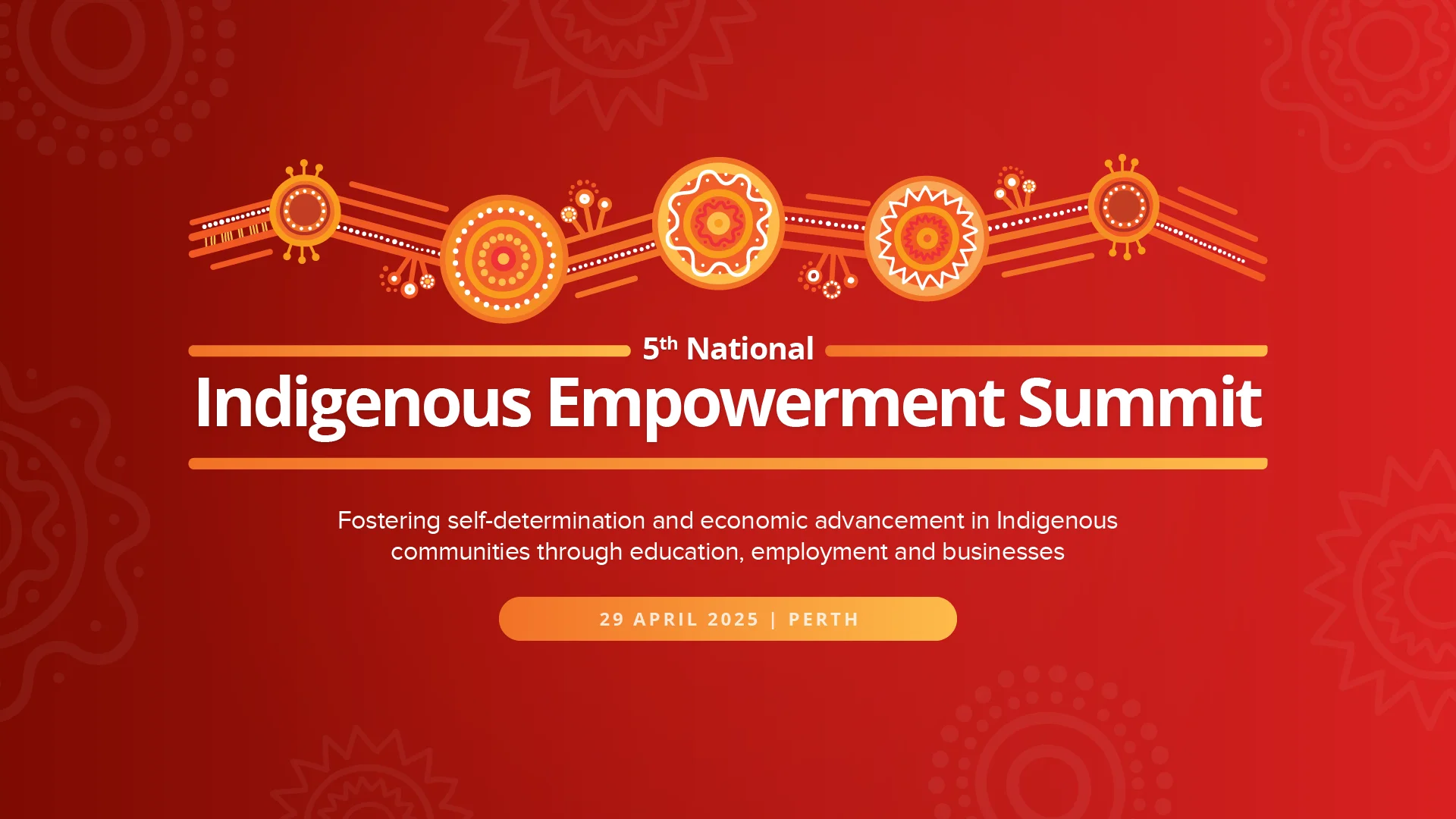A vast majority of boards have recognised that they are far from diverse and inclusive but only a few are willing to take any action to change this.
In the recent ‘The Governance Gap’ survey, by Koya Leadership Partners, a significant number of boards reported that leadership diversity was critical for success, and more than 60 per cent said they didn’t feel their board reflected the community it serves.
Authors of the report, Molly Delano Brennan and Miecha Ranea Forbes, said: “Our survey indicates that boards are well aware of the importance of diversity and inclusion, and they want to become more diverse, but they lack the knowledge, skills, resources and genuine commitment to change required to turn it into action.”
More than half of the 102 surveyed not-for-profits had budgets of AUD$35 million and less and a little over 40 per cent less than AUD$6.9 million a year. The largest not-for-profit areas included health and social service work, education, youth and culture.
About a quarter of the recipients were people of colour, which the report notes is higher than the sector-wide board average. A 2017 BoardSource study found that most boards were 84 per cent white, with 27 per cent lacking even one person of colour.
RELATED ARTICLES
NFP campaigns for gender balance within the public sector
Good Shepherd Microfinance’s Adam Mooney on inspiring a culture of audacity
Who run the (not-for-profit) world? Girls!
“Nonprofits that are not diverse and inclusive are not unlocking their full potential,” said the report. “Nonprofits that aren’t diverse at both the staff and board levels are missing opportunities to better understand and meet the needs of diverse clients.”
The report noted that boards that are “overwhelmingly homogeneous” are more often unaware of its lack of diversity and inclusion, and as organisations take the steps to become more diverse, boards of directors have significantly lagged behind.
The report added: “Boards that are overwhelmingly homogeneous are often not even aware of how their composition affects their ability to effectively attract or assess candidates with different backgrounds and experiences.”
It finished by adding that not-for-profits that effectively represent diversity and inclusion are more likely to succeed in the social sector.
“When an organisation’s leaders and frontline staff represents the full range of diversity and the organisation itself has an inclusive culture, the outcomes will be measurably better: more effective solutions, higher levels of engagement, strong culture and deeper, more authentic relationships with partners.”













